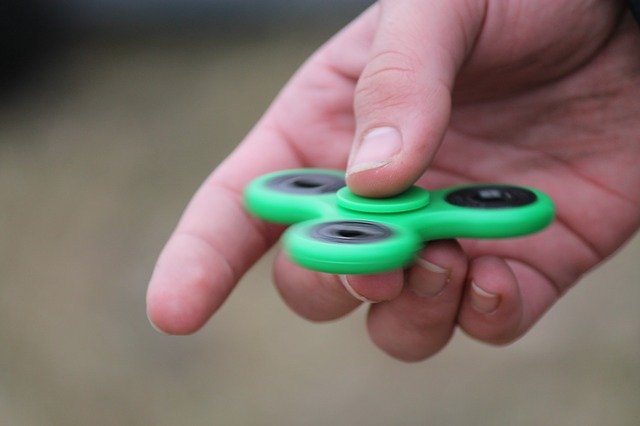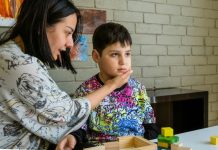
In a recent study, researchers find that changes in how people move can help diagnose neurodevelopmental disorders, including autism.
It’s estimated that 1% of the world’s population, including 3.5 million children and adults in the United States, are diagnosed with autism spectrum disorder.
Autism is the country’s fastest-growing developmental disability.
Currently, autism assessments depend on highly subjective criteria, such as a lack of eye movement or repetitive actions.
The detection may vary based upon the person conducting the assessment.
Unlike diseases diagnosed with medical tests, there is no existing medical test for autism, such as a blood test or genetic screening.
The assessments are also difficult to administer to very young children, or to people with impairments such as lack of verbal skills. This makes it hard to do early intervention.
In the current study, the researchers examined over 70 volunteers as they moved their arm to touch an object on a screen.
The volunteers included 30 individuals previously diagnosed with autism, ages 7 to 30, including a girl with no verbal skills.
The group also included 15 healthy adults, ages 19 to 31; six healthy children; and 20 healthy parents of volunteers with autism.
Eighteen of the 30 individuals in the study with autism underwent motor assessment before the experiment, using four standard psychiatric tests for autism.
During the motor assessment, he volunteers’ movements were captured using high-speed, high-resolution sensors to track fluctuations in movement invisible to the naked eye.
The study also tracked changes in speed and position of the arm at every point in movement, as opposed to a single variable—the top movement of the arm’s velocity—examined in a previously published study from the team.
After the motor assessment, each volunteer received a “score” based on the level of hidden speed fluctuations in their movement.
The team found that a lower score indicated a greater risk for autism, with numbers under a certain threshold corresponding to previous diagnosis of autism.
In addition, the movement-based diagnoses corresponded to these qualitative-based assessments, which are rarely in complete agreement.
The team suggests that the more fluctuation in the movement of the people with autism may be linked to the level of “noise” naturally produced by random neuron firings in the brain.
Movement could possibly be used to assess a neurotypical parent’s risk for children with autism.
The senior author is Jorge V. José, professor of physics at Indiana University Bloomington. Di Wu, a PhD student, is the lead author of the study.
The study is published in Scientific Reports.
Copyright © 2018 Knowridge Science Report. All rights reserved.



